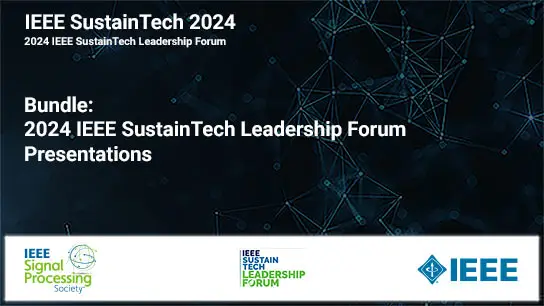Deep Generative Model Learning For Blind Spectrum Cartography With Nmf-Based Radio Map Disaggregation
Sagar Shrestha, Xiao Fu, Mingyi Hong
-
Members: FreeSPS
IEEE Members: $11.00
Non-members: $15.00Length: 00:13:11
11 Jun 2021
Spectrum cartography (SC) aims at estimating the multi-aspect (e.g., space and frequency) interference level caused by multiple emitters from limited measurements. Early SC approaches rely on model assumptions about the radio map, e.g., sparsity and smoothness, which may be grossly violated under critical scenarios, e.g., in the presence of severe shadowing. More recent data-driven methods train deep generative networks to distill parsimonious representations of complex scenarios, in order to enhance performance of SC. The challenge is that the state space of this learning problem is extremely large---induced by different combinations of key problem constituents, e.g., the number of emitters, the emitters' carrier frequencies, and the emitter locations. Learning over such a huge space can be costly in terms of sample complexity and training time; it also frequently leads to generalization problems. Our method integrates the favorable traits of model and data-driven approaches, which substantially `shrinks' the state space. Specifically, the proposed learning paradigm only needs to learn a generative model for the radio map of a single emitter (as opposed to numerous combinations of multiple emitters), leveraging a nonnegative matrix factorization (NMF)-based emitter disaggregation process. Numerical evidence shows that the proposed method outperforms state-of-the-art purely model-driven and purely data-driven approaches.
Chairs:
Mingyi Hong



